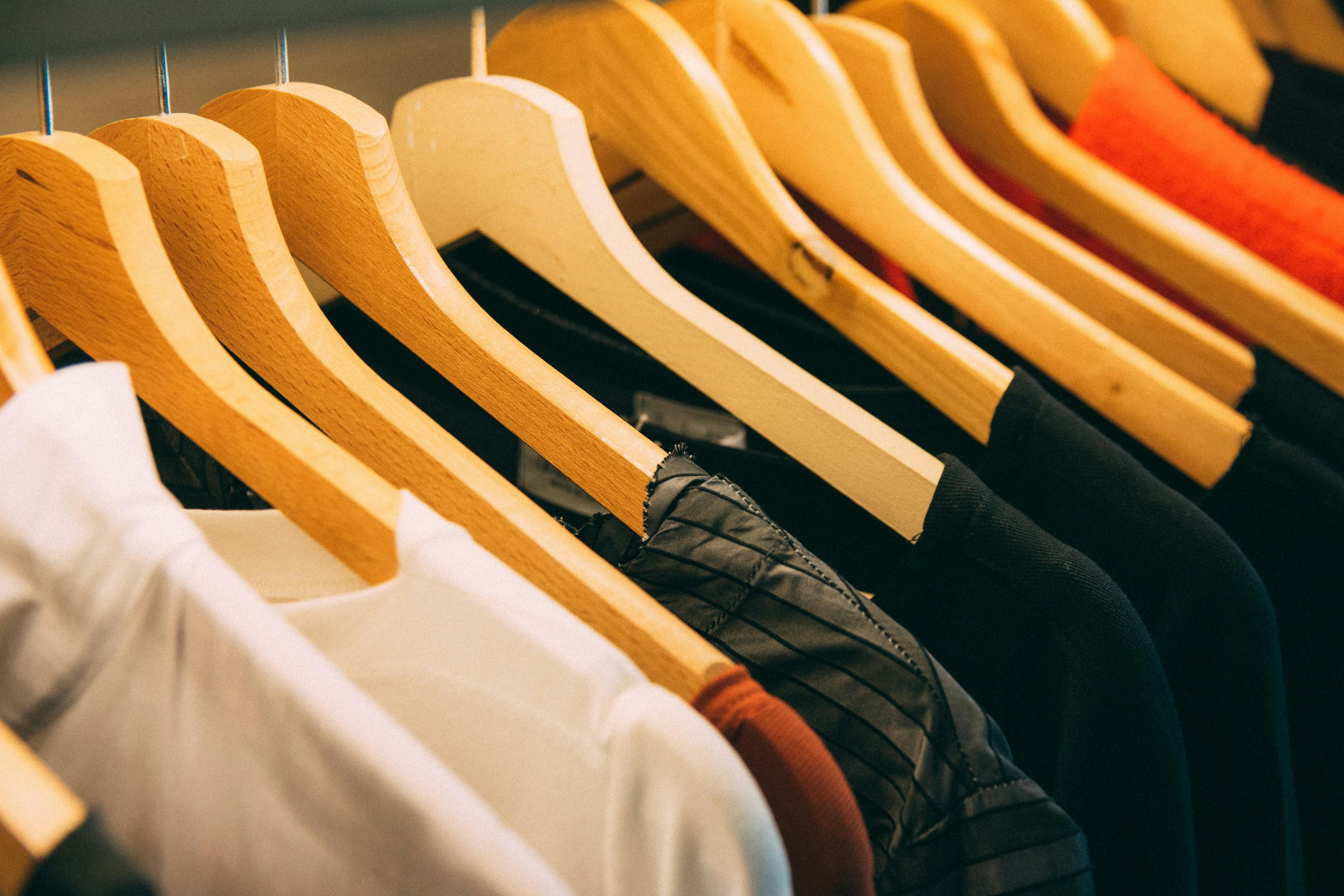
<em>Strava v. Garmin</em>: Who is Infringing on Who?
Things are Heat(map)ing up in this Segment Between Strava and Garmin

Post-era of Lanham Act: a brief discussion after <em>Matal v. Tam</em> and <em>Iancu v. Brunetti</em> with the concern of Trademark Freedom v. International Adaptability
This blog examines how Matal v. Tam and Iancu v. Brunetti affected U.S. trademark law trends under the First Amendment and the challenges these “immoral or scandalous” marks may face when seeking protection across international borders.

Barbie Setting an Example in Color Trademarks
Mattel’s policing of the Barbie Pink color sets an example for limiting the use of a color without the need for a registered trademark.

Trademark Infringement in the Era of Luxury Resale
This blog explores the Southern District of New York Court’s decision in Chanel v. What Goes Around Comes Around (“WGACA”) revolving around trademark infringement, its application of the Lanham Act, and potential effects on the luxury resale market.

Milk Wars: The IP of a Plant Based Revolution
As plant-based milks reshape the dairy market, trademark law defines their identity. With “milk” legally tied to dairy, brands rely on distinctive names, visual branding, and consumer perception to build goodwill and compete within FDA and trademark guidelines.

Comparing Apples to Apples: Where Must the Line be Drawn in Trademark Law?
This blog discusses the potential impact of Apple, Inc.’s recent lawsuit in Massachusetts Federal District Court against local cinema chain, Apple Cinemas, for alleged trademark infringement and dilution.








Upcycling in Fashion: Navigating Trademark Concerns and the Need for Clearer Guidelines
A concise exploration of upcycling in fashion – an innovative yet potentially infringing practice. The post examines the importance of upcycling in a throwaway culture with its environmental impact. It also considers legal protections for luxury brands and the tension between safeguarding those rights and fostering innovation for smaller creators.

<em> Tribe of Two, LLC v. Vidal </em>
The Federal Circuit affirmed the Trademark Trial and Appeal Board’s decision in Tribe of Two, LLC v. Eritaj Design Corporation dismissing Tribe of Two’s opposition to Eritaj’s Trademark.

Is Fast Fashion Destroying the Industry?
Fast-fashion companies have been using other designers’ clothing and accessories, recreating the items, and selling them at a much lower price. While trademark and copyright law are sometimes helpful in addressing these issues, the world has started to see a shift in how companies are addressing this problem.

Cybersquatting Back on the Rise
Cybersquatting persists globally, challenging corporations and trademark holders. This practice spurred legal developments like ACPA and UDRP. As major companies implement proactive policies, new challenges emerge with gTLDs, typosquatting, and blockchain domains. Balancing trademark protection and online innovation remains crucial as digital landscapes evolve and require adaptation in practice and in law.

Redefining GI Distinctiveness to Aid Consumer Protections and Cultural Cooperation
This blog aims to address current issues facing foreign Geographical Indicator (GI) trademark recognition by the USPTO. It also seeks to explain why the USPTO should adopt a wider stance and recognize foreign GI marks more readily.

With Weight Loss Drugs in High Demand, Trademark Litigation Targets Counterfeits
Novo Nordisk and Lilly, two pharmaceutical giants behind the blockbuster diabetes and obesity drugs Ozempic, Wegovy, Mounjaro, and Zepbound (Ozempic, et al.), currently find themselves embroiled in legal battles with wellness centers, medical spas, and compounding pharmacies. Both companies are taking action to protect their trademarks and intellectual property. Despite being separate companies, the key trademark-related legal concerns they face have significant overlap.

Cybersquatting and Large Corporations
There has been recent legal action on behalf of Adidas, as a company not in possession of the Adidas trademark created a domain using the Adidas name and was selling counterfeit Adidas goods. Creating and using a domain name with false intent with a trademark that is owned by another is known as cybersquatting, which is what was being done with the Adidas trademark in this case. Cybersquatting claims have also been made by the company behind the online retailer Temu.
